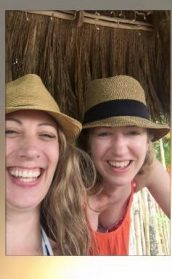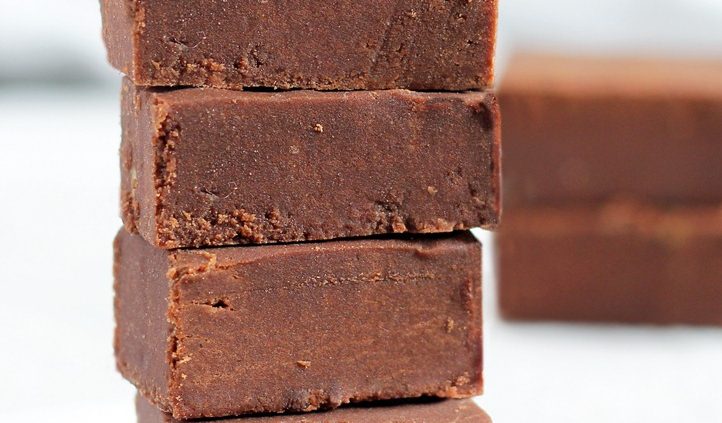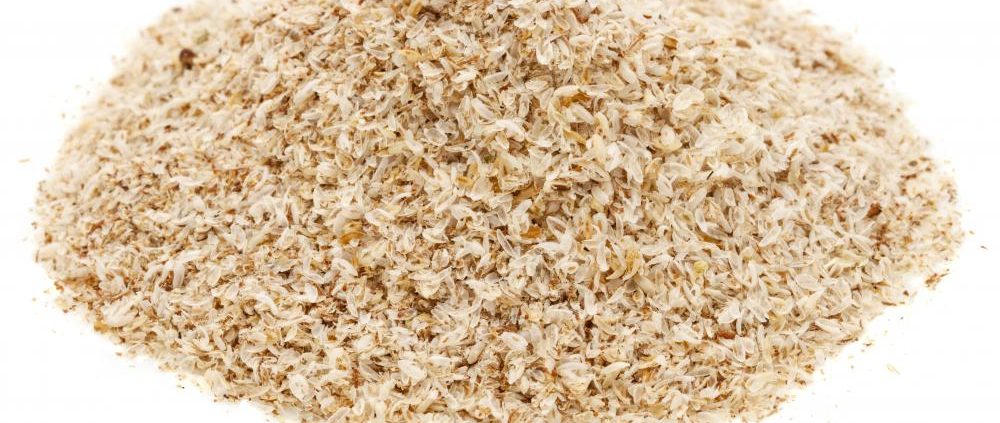Making Music from the Autumn Blues: Warding off Seasonal SADness, Part II
How are you doing with the time change? Here in Minnesota, darkness is now settling in at about 4:45pm thanks to our time turner magic last Saturday, and I’m already hearing plenty of grumbling about it. People are bummed. It’s dark too early. They feel tired and unmotivated. The kids are waking up before 5am!
The loss of daylight hours can throw most of us a bit out of whack, but if you suffer from the Autumn Blues the loss can feel insurmountable.
Today we’re continuing our discussion of the Autumn/Winter Blues. We’ll sift through some more ideas and hopefully – hopefully – uncover some tools to feel a little more uplifted and energized over the next few months.
The autumn/winter blues are a very real thing. As discussed in Part 1, the official term for feeling lethargic and depressed in fall and winter is Seasonal Affective Disorder, or SAD. If you missed that post, you can read it here. In that piece we looked at how we can harness specific supplements, an anti-inflammatory diet, and physical activity to address SAD.
But there’s more. We all know creating health for ourselves extends beyond food and exercise. Today we’re examining additional tools and lifestyle practices to consider. Let’s dig in:
Part II – Making Music from the Autumn Blues: Warding off Seasonal Sadness
1. Let there be light! Consider a Happy Light.
Once thought to be a bunch of hooey, light therapy is now recognized as an effective and proven way to help boost one’s mood and energy during the increasingly dark days of autumn and winter (or all year round!). Anecdotally, I can say many of my clients report a measurable improvement in how they feel when they are using their light boxes consistently versus when they forget.
Light therapy works by exposing the individual dealing with SAD to bright, artificial light that mimics natural outdoor light. You simply sit near your HappyLight or other light box for 15-30 minutes in the morning and perhaps another 15-20 minutes around 4-6pm (although timing and duration can vary widely depending on the individual). This is believed to alter brain chemicals, helping to reduce the duration of melatonin production (the sleep-inducing hormone) and increase serotonin production (the hormone linked to a sense of well-being and feeling positive). You don’t have to stare at the light; you simply sit near enough so that you are exposed to the light, so you could easily use one at work. (For the record, HappyLight is the brand I’m most familiar with, but there are plenty of others on the market.)
2. Take a walk outside early in the day.
If you’re not interested in sitting in front of a light box, try getting outside for 30 minutes or so in the morning instead. Obviously this is a tall order for someone dealing with a lack of energy due to SAD, but the dopamine hit you’ll get from being outside and moving your body may be just the ticket you need to have a more energized day.
Getting outside in the morning (yes, even in the winter) will help the body reset its circadian clock, which is thought to be disturbed in people with SAD, and can help improve both energy levels and sleep. If getting yourself outside sounds challenging, brainstorm some ways to make it more enjoyable: Download a podcast, playlist, or book you love and listen to it while walking. Enlist a friend or group of friends to join you. Ask a neighbor if you can walk his/her dog so you have some cute, wiggly company and some accountability.
Aside from helping balance your circadian rhythms, increasing your dopamine production, and getting your blood pumping, spending time in nature is often cited as one of the most healing activities to keep our spirits aloft.
3. Stretch!
Every muscle in your body has a bundle of nerves called proprioceptors that control how tight it is. When your muscles are tight, they can make you feel tight and edgy all over. Stretching helps release this tension and can be surprisingly soothing and uplifting. Stretching feels like a reset.
Try this for starters: stand up tall, take a deep breath in, and exhale while you bend forward, reaching toward the ground with your back straight and your knees straight or just slightly bent. Hold the stretch for two seconds, then put a significant bend in your knees for two seconds. Repeat the exercise, straightening and bending at the knees for two second intervals for a full minute if you can. This will loosen up several muscles in your body, especially along the back from the neck down to the backs of the legs where we tend to hold a significant amount of tension.
4. Plan ahead and schedule fun dates with friends and loved ones NOW for the coming months.
Over the years I’ve read intriguing articles about how people in Northern Europe and Iceland, who experience just a handful of daylight hours come mid-winter, plan out their social calendars months in advance as a sort of “safeguard” against winter isolation. Brilliant! After all, staying indoors is the easiest default when it’s cold and dark outside. Throw a little winter depression into the mix and you have a recipe for isolation, which doesn’t benefit anyone (even high introverts).
Recently I finished a book called “The Geography of Bliss” in which Iceland was identified as one of the happiest countries in the world despite its looming wintertime darkness. The author found a number of reasons for Icelanders’ persistent happiness, but one cornerstone included their highly social culture. Darkness does not keep the jovial Icelanders stranded at home!
So grab your calendar now and try scheduling out time with loved ones for the next three months – strive for at least three things planned per month. If SAD is something you’ve struggled with in the past, consider sharing that with your friend or family member. Let them know you’re trying to create a different experience for yourself this year. That way when you try to cancel – which you will likely be tempted to do – hopefully they won’t let you off the hook.
5. Seek out warm places.
When I say “seek out warm places,” I mean that in the most literal sense possible for those of us who live in cold climates. Seek out places that will warm your bones up again! Come January many of us are walking around stiff and tense with a chilled-to-the-bone feeling. That can feel stressful for our body, mind, and spirit.
If you can afford to travel to someplace warm, go for it! Traveling to Florida, the Caribbean, or some other lovely spot doesn’t necessarily have to be expensive. Before you automatically assume it’s going to be out of your budget, check around. Boutique hotels are often reasonable, and airlines routinely offer surprisingly good deals. Planning it now for January or February will give you something to look forward to and will deliver a great mid-winter break from the dark and cold.
If it doesn’t look like traveling is in the cards this winter, get creative and look for other warm places closer to home. In St. Paul, MN near me there’s a place called the Como Conservatory that’s filled with ferns, orchids, other tropical plants, and birds and basically feels like a humid summer day all year round. It’s a winter oasis for me. Some parts of the Minnesota Zoo have that same vibe. I’ve even been known to take field trips to local garden centers in the winter just so I can be surrounded by green plants.
What about trying a heated or candlelight yoga class? Hot yoga will make you slide-off-your-mat-hot-and-sweaty while candlelight yoga will at least create the illusion and feeling of warmth. Yoga brings the added benefit of mindfulness, which can be a powerful anti-depressant.
Consider finding a sauna, steam room, or hot tub you can use. Perhaps you belong to a gym or have a friend with these luxuries. Your bones will be warm in no time!
Another unique place in Minneapolis, MN is The Salt Caves, the first therapeutic salt cave in the state. As the name implies, it’s literally a big cave of Himalayan salt. Some people go there because breathing in the salt air helps alleviate allergies or other breathing conditions; other people visit the salt caves because they simply love being enveloped by the pink, glowing walls. Besides just sitting in the warm cave, you can also participate in yoga or meditation classes.
Get creative and check out other offerings in your community. What makes you feel warm? What spaces make you feel uplifted? A coffee shop or restaurant with a fireplace? A soup exchange party with friends? Make plans now. There are undoubtedly plenty of winter oases and opportunities waiting to be discovered.
6. Try embracing and exploring the dark.
Even as I write this, I can feel some of you giving me the middle finger and saying:
“I hate the dark. Why would I embrace it?”
“What’s there to explore? I’d rather sleep until spring.”
“It’s impossible to embrace the dark when you’re depressed.”
When I suggest trying to embrace and explore the dark, by no means am I belittling or underestimating how difficult these dark days of our lives can be. If you feel depressed, I certainly don’t want you to sink further into the depression. Please reach out for support. I am suggesting, however, that fall and winter are quieter, more reflective seasons than spring and summer; therefore, it’s worth honoring and treating them as such.
In both Traditional Chinese Medicine and in Aryuveda, (the traditional medicine of India), we are taught that to be healthy we must live in harmony with the seasons. This means that ideally the pace and flow of our lives is quite different in summer than in winter because the two seasons are opposites.
Winter represents the most Yin aspect of Traditional Chinese Medicine (TCM). Yin is the dark, cold, slow, inward energy. Summer, on the other hand, represents the most Yang aspect of TCM: light, hot, quick, expansive energy.
What does this mean in layman’s terms? It means:
– We likely need more rest in winter than in the summer, so if you feel like sleeping more, go ahead and sleep more. Don’t sleep to escape life; sleep to give your body the recharge it’s looking for after a busy summer.
– It’s also a good time to look inward, reflecting on ourselves and our lives with writing, meditation, and other soul-nourishing practices like reading. It’s the season for connecting to our inner selves. This doesn’t mean we avoid being social (see #4), but it does mean we leave plenty of time to be with ourselves and explore our inner world.
– Generally speaking, it’s the season to slow down. Doesn’t sitting and staring at a fire sound divine? How about setting a puzzle or engaging in an easy-going art project? Find an activity that feels calm and stress-free and give yourself permission to sink into it.
Even though I divided my ideas for addressing SAD into two long posts, we still haven’t exhausted this topic. There is always more than can be explored and pursued, so if you struggle with the winter blues and are looking for personalized support, please reach out and schedule a consultation with me. Integrative health coaching is designed to address your individual needs in a supportive and loving environment. You don’t have to navigate this terrain alone.
Again, sending you a whole lot of love and light as we journey into the dark.
In service,
Claudine







Follow